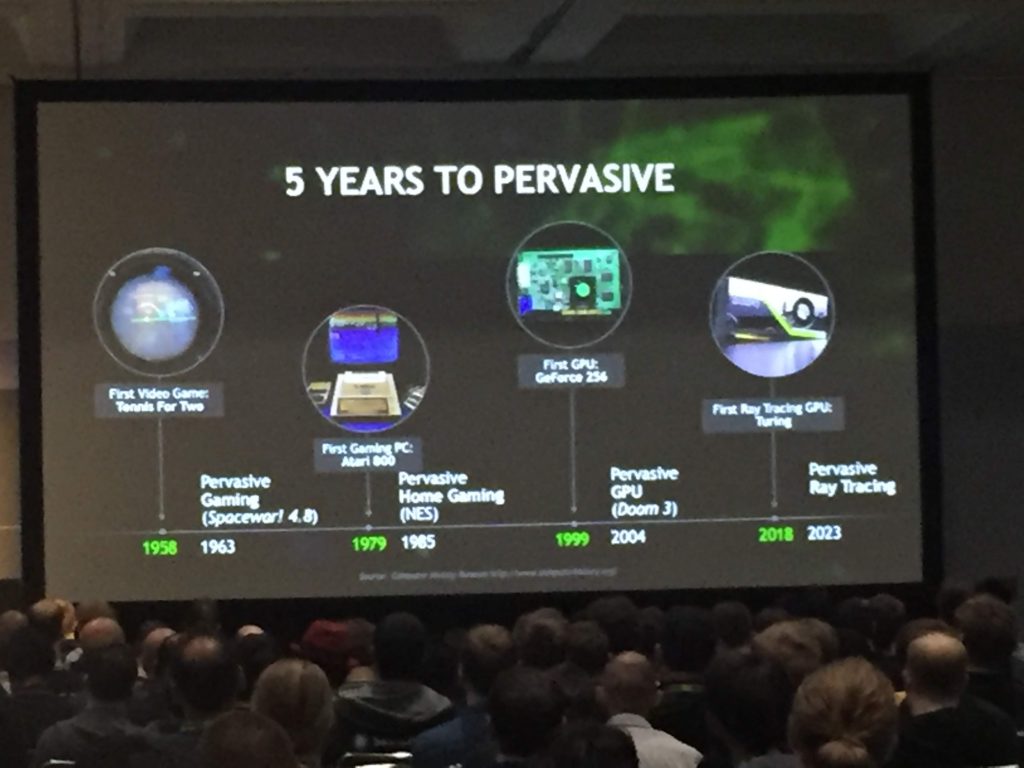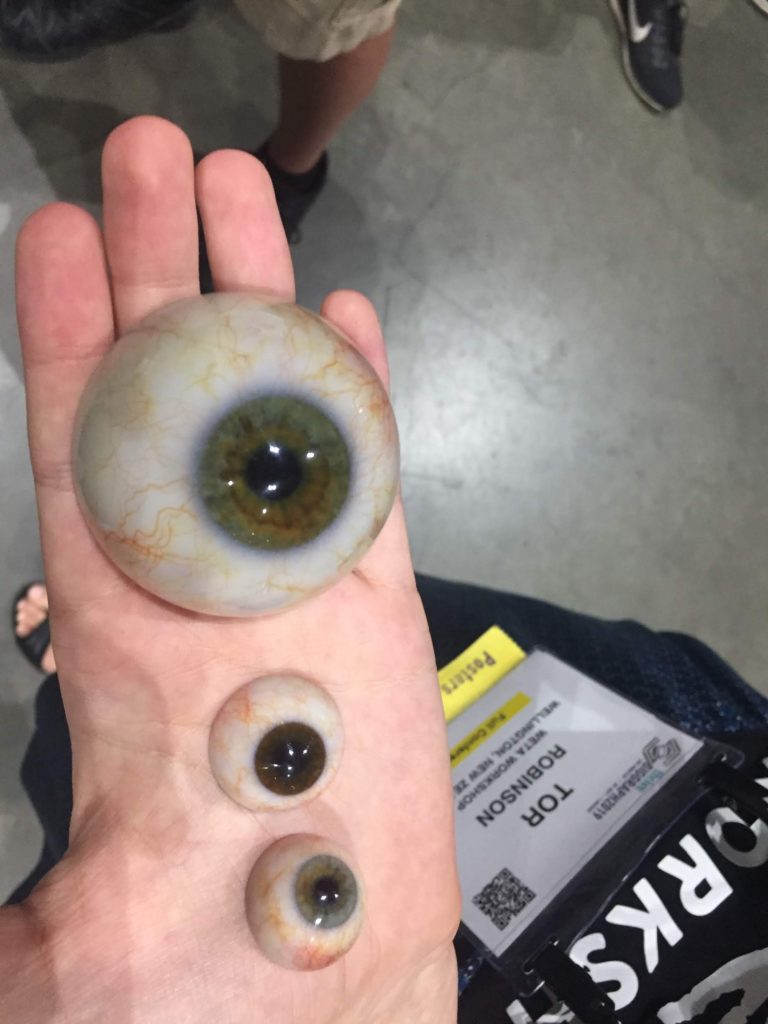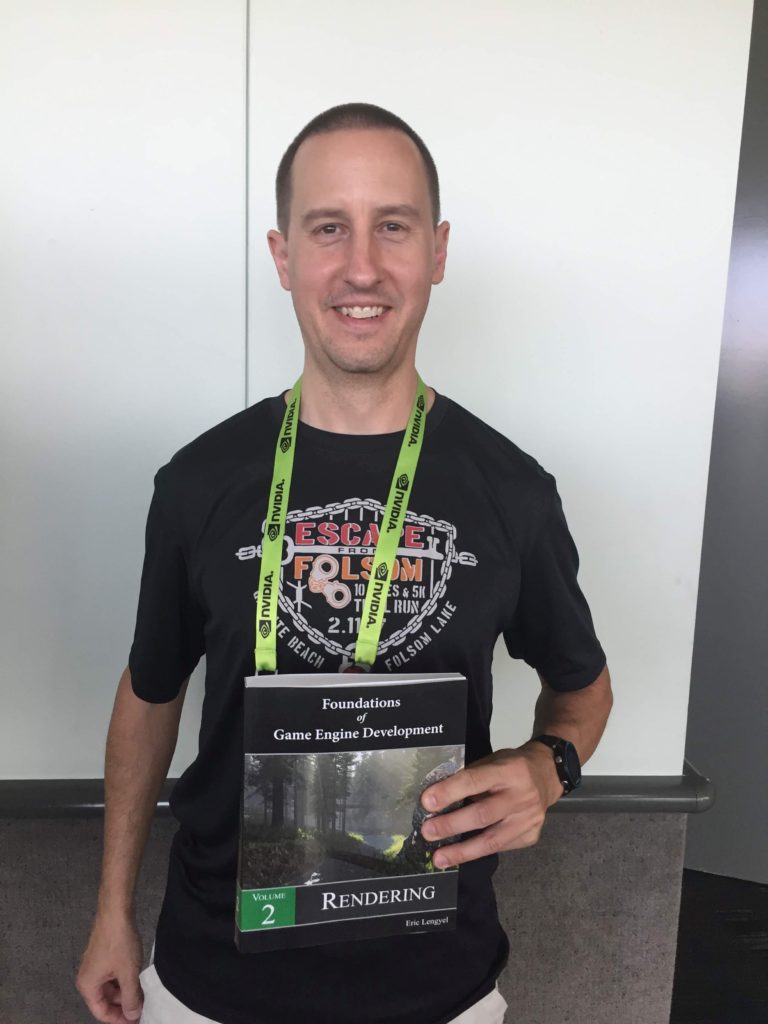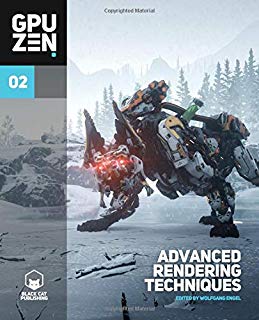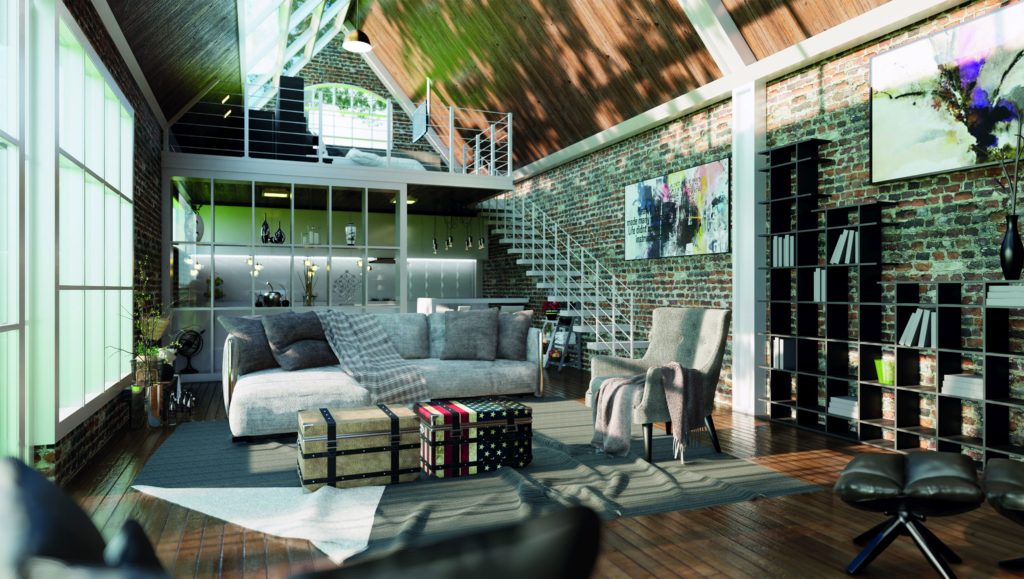Here are some things that I found worthwhile:
- The slides for Fresnel Equation Considered Harmful are worth a look. Two people at SIGGRAPH mentioned to me this was a good presentation, and they’re right. Among other things, it describes the surprising result that using “the right equation” but sampling it a simpler way (RGB instead of per wavelength, which almost no one rendering does) can give a worse result than various common approximations, such as Schlick’s.
- PC Gamer’s “PC Graphics Options Explained” is surprisingly detailed, well illustrated, and quite readable. There are some bits I could pick at – e.g., the explanations for anisotropic filtering and for HDR – but overall it’s nicely done.
- While I wasn’t looking, Microsoft added embedding of 3D models into Powerpoint, supporting six formats. I also just learned that the Minecraft Bedrock edition has binary glTF export built in, one of the six formats. And, worth repeating, Twitter allows Sketchfab models to be embedded, example here. That said, bummer: Facebook has pulled support for displaying 3D models in its system, I’m not sure why (3D photos, which are entirely fun, remain).
- GauGAN won two awards at Real-Time Live! – video snippet. The fun part is that there’s a demo online. It’s a YMMV system, sometimes great, sometimes surprising. Note you need to scroll down and check the terms & conditions checkbox. Use the paint and fill tools, and control-Z is undo. Don’t miss out on picking styles below. When you’ve goofed off for an hour, see this comic. Update: this project is now called NVIDIA Canvas, still free for download.
- This interactive web page is about JPEG encoding, giving you a sense of how this compression works. Occasionally the article’s a bit simplified, occasionally a bit arcane (changing various values at mystery locations), but the brilliant part is that it lets you poke at a JPEG file and see the effects immediately, with links in the article doing the same. It’s worth knowing about; YCoCg encoding can even be applied to real-time image display, saving memory and bandwidth.
- Test your LCD monitor for blur effects. Read the sparse explanations (I could have used more technical background information), or just enjoy the illusions. Also, a strange thing: on one old Dell LCD monitor I use, scrolling this page up and down causes green to appear where it’s light gray. I have no idea why – explanations appreciated.
- Math with Bad Drawings is a fun blog, and a great book, one of the best I’ve read this year. It references other good stuff, such as takeaways for teaching from the fascinating autobiography Mind and Matter, and this cartoon, which is relateable (working on Real-Time Rendering: “let’s use n for the normal; oh wait, we’re using that for the number of rows already, m for columns. And abcd and e and f and h and ijk and l and o and q and r and st and uvw and xyz already have meanings… that leaves us, ummm, g, and p. OK, what if we…”)

